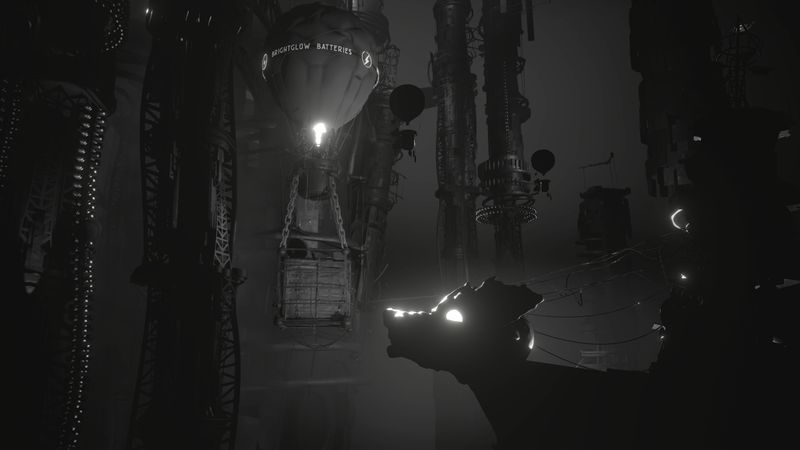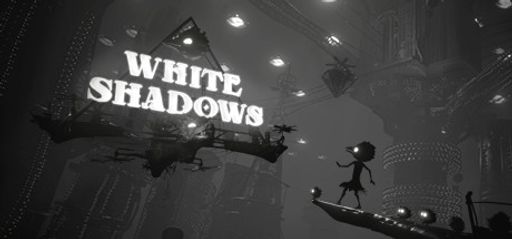I fired up White Shadows with cautious curiosity. As a former aspiring eSports contender turned full-time couch critic, I wanted to see if its cinematic promise justified my time. Developed by Monokel and published by Thunderful Publishing, this puzzle-platformer boasts a dystopian aesthetic and an intriguing premise. Its art bursts with life, but the narrative and gameplay fall short of expectations.
Overall Impression
This felt like watching a well-directed movie that kept insisting it was a game. I wandered through a city of stark contrasts. Ravengirl’s journey from dazzling heights to suffocating depths delivered stunning visuals and strong atmosphere. Yet the story feels thin—like someone left the script on the cutting-room floor. The game offers a captivating look but never hits memorable narrative beats. Compared to similar titles, White Shadows teeters between visual poetry and gameplay simplicity.
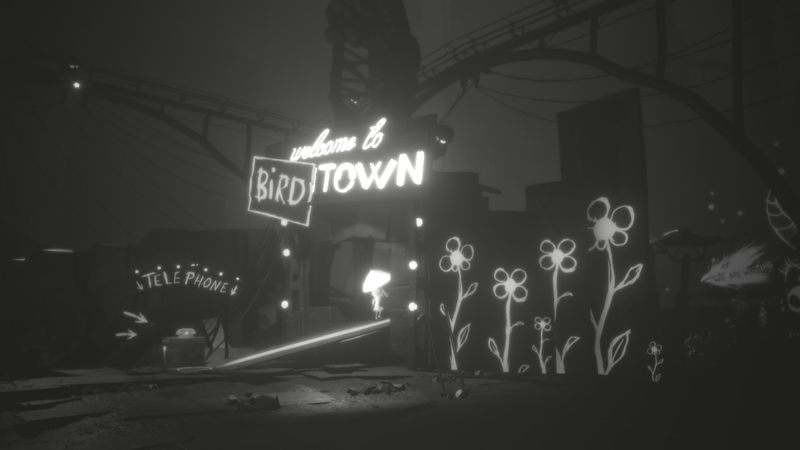
Gameplay Mechanics
Puzzle-platformers live or die on their mechanics, and here they get mixed reviews. The game promises plenty of “aha!” moments, but the reality feels under-baked. Manipulating environment elements sometimes worked smoothly and other times felt unresponsive. I even found boxes that only pull when I expected to push. Controls seemed to argue with an over-earnest designer rather than respond to me.
The puzzles sit in an oppressive urban dystopia, but atmosphere often trumps substance. One community reviewer pointed out limited control when dropping objects and the lack of a run button. I shared these frustrations. Platforming sections had sparks of excitement but mostly just broke my immersion. For a game that touts cinematic qualities, the gameplay stays serviceable without ever feeling inventive or compelling.
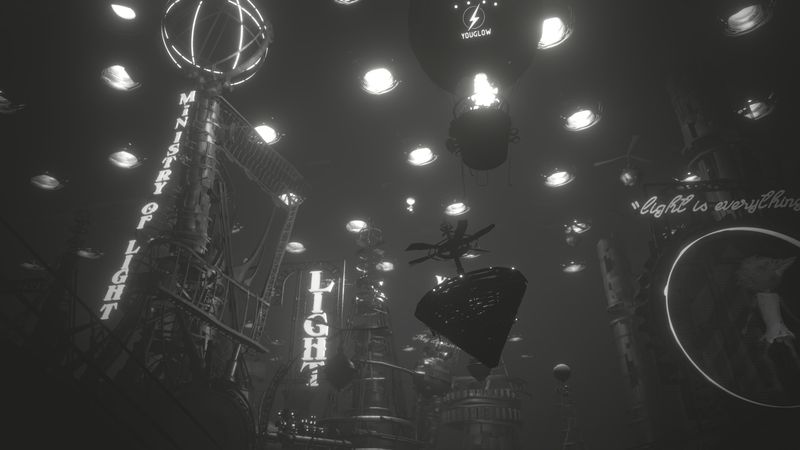
Story and Characters
I expected a deep story in this bold setting. Instead, the plot felt bare and rushed into four hours. Ravengirl mainly watches oppression and survival unfold. She shows little growth beyond her role in the broken city. The world hints at hidden lore, but the game never explores it. One reviewer likened the story to a five-year-old’s drawing—and it felt uncomfortably accurate. The world-building exists but lacks the links needed to pull players in.
Visuals and Graphics
Visuals are clearly White Shadows’ best feature. Monokel’s art style shines in a crowded field. Light and shadow set the mood with ease. In darker scenes, bold silhouettes and fine textures deepen the gloom. I often paused just to admire the visuals—even when the gameplay failed to keep me hooked.
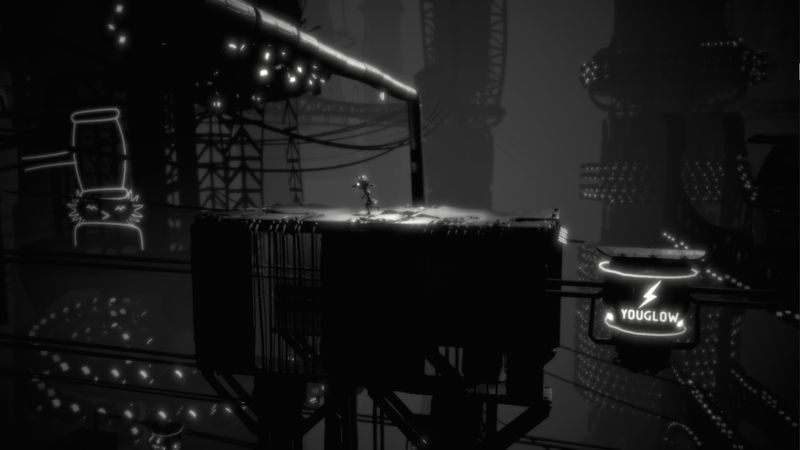
Sound and Music
The soundtrack and effects deserve praise. The music complements the visuals without overpowering them. Each note helps craft the oppressive mood of the urban setting. Sound effects are crisp and layered, working in tandem with the graphics to envelop the player. Yet audio alone can’t fill the gaps left by the missing narrative depth. The minimal voice acting never steps into what should have been the story’s stronger moments. It remains a fitting backdrop to a game still searching for its identity.
Difficulty and Replayability
Here, the game’s shortcomings become clear. White Shadows never offers a steep challenge. I faced brief trials, but the overall difficulty stays tame compared to other puzzle-platformers. Most players will finish it in a single session—whether that’s two and a half hours or a leisurely four. Replay value is minimal. Once you’ve enjoyed the aesthetics and solved the few puzzles, there’s little reason to return. A longer, more intricate story might have boosted both challenge and replayability.
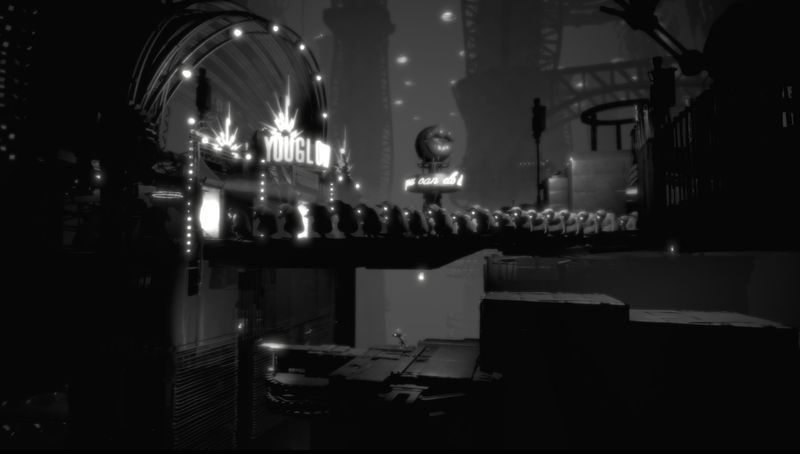
Player Experience
Compared to its peers, White Shadows feels like a breath of fresh air and a frustrating exercise in unmet potential. It delivers striking visuals and an evocative soundtrack but a narrative as elusive as its shadows. Thunderful Publishing’s support suggests high ambition, yet the end product could use more precision and daring.
Behind-The-Scenes
Monokel clearly experimented with cinematic presentation over traditional mechanics. Reports reveal the team struggled to balance story and gameplay. They appear to have favored a visual narrative that hints at deeper plots—plots that remain tantalizingly incomplete. Art and ambiance fans may find appeal here, but those seeking a well-rounded platformer or cohesive story might walk away disappointed.
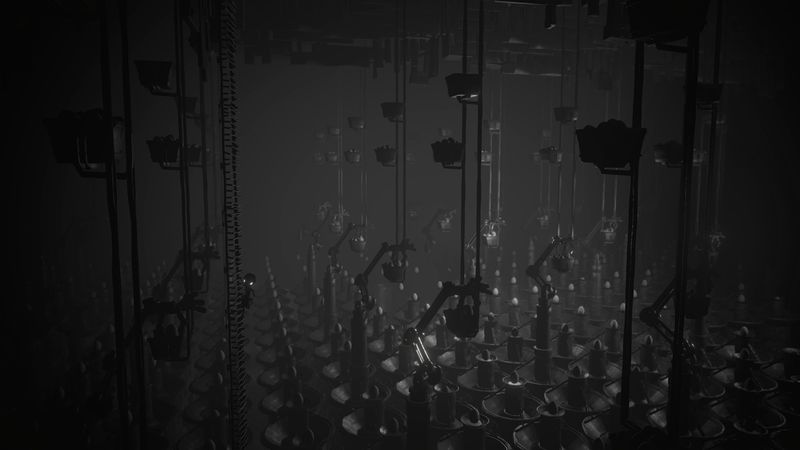
Conclusion
White Shadows stands on the strength of its visuals and sound design but stumbles with an underdeveloped story and limited gameplay. It offers glimpses of brilliance through cinematic loops and artistic choices, yet never fully coalesces. I award it 3 out of 5 stars—a mixed bag that favors style over substance. It’s a feast for the eyes but leaves player engagement and narrative depth wanting.
If you prize artistic experiences and can suspend expectations for solid mechanics or a rich story, White Shadows might find a spot on your shelf. But if you crave a comprehensive journey with unforgettable characters and replay-worthy gameplay, temper your expectations—and here’s to more games that chase the shadows.
